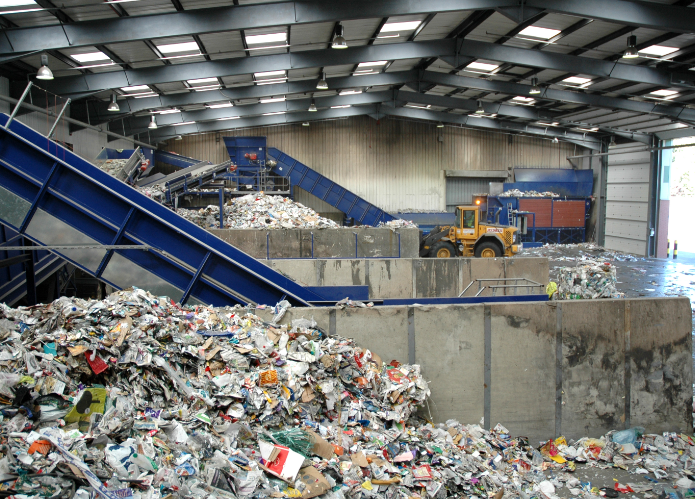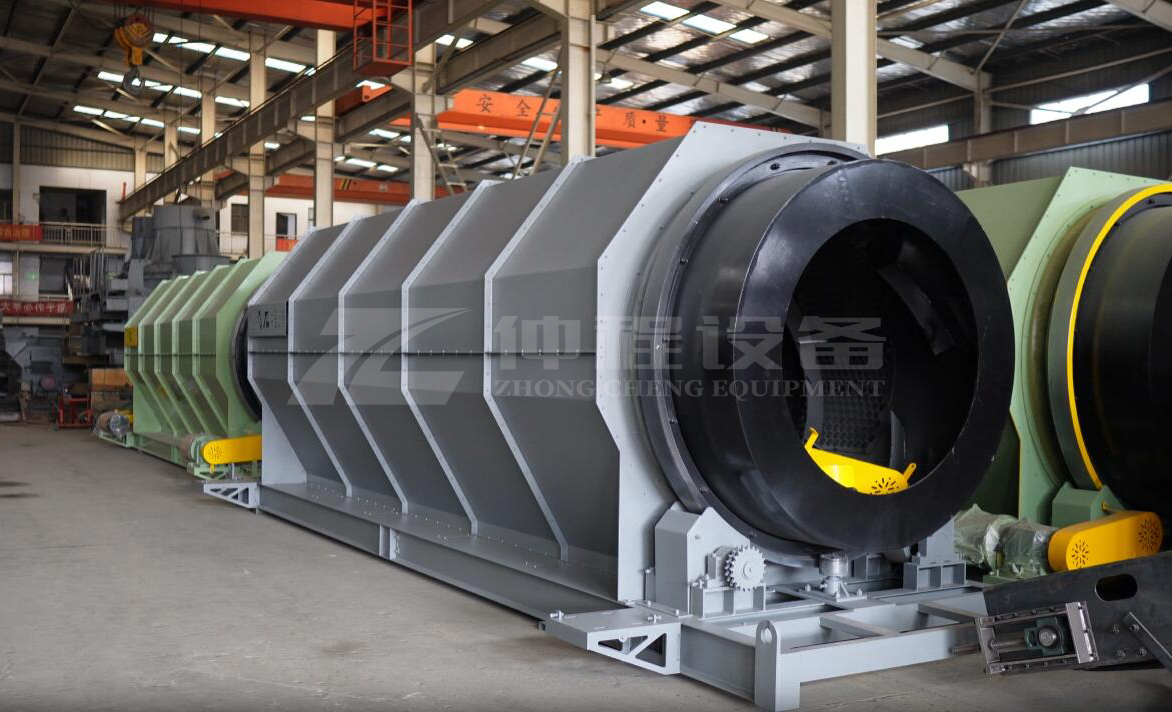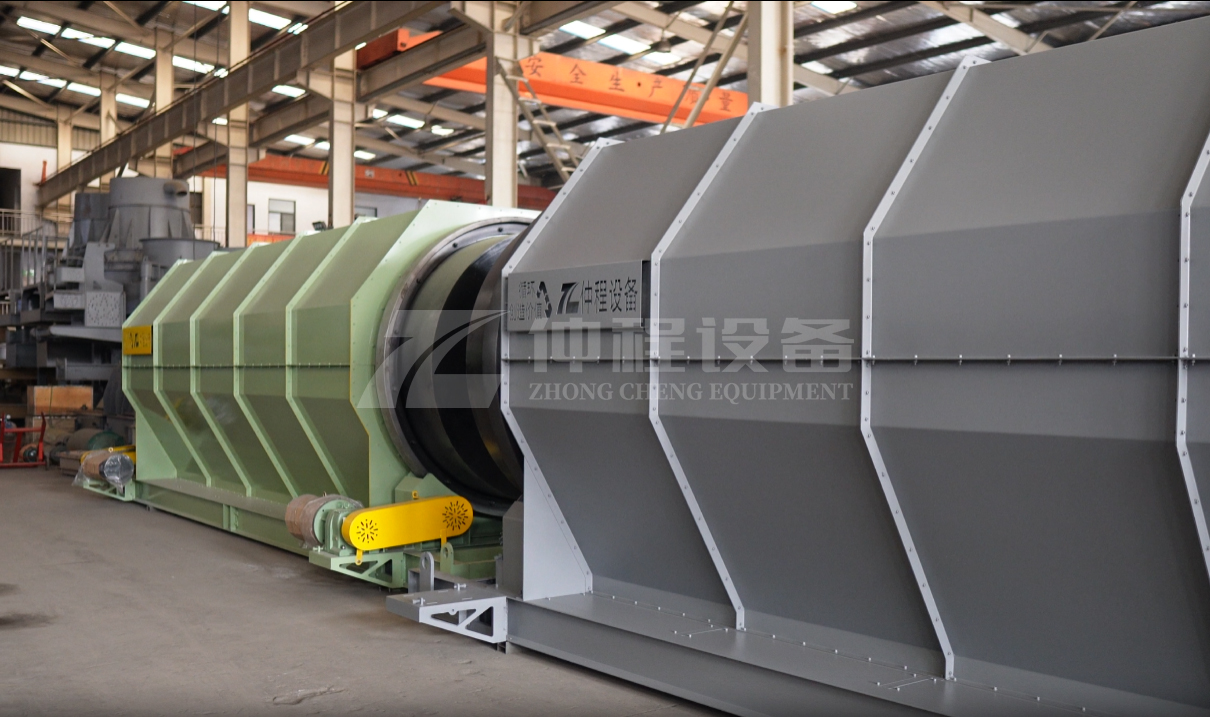Trommel Screens in Waste Sorting and Sustainability
Trommel screens have emerged as an essential piece of equipment in the waste management and recycling industry, playing a crucial role in the efficient sorting of materials and contributing significantly to environmental sustainability. These machines, known for their ability to separate materials based on size and density, are widely used across various sectors, including municipal solid waste (MSW), construction and demolition (C&D) waste, landfill operations, and more. The increasing global focus on sustainability and waste reduction has brought trommel screens to the forefront of modern waste management, helping both manufacturers and waste processing facilities achieve greater efficiency and environmental benefits.
Trommel screens are vital not only for reducing the amount of waste that ends up in landfills but also for enabling the recovery of valuable materials like metals, plastics, and glass that can be reused or recycled. In this way, trommel screens are making a positive impact on resource conservation and sustainable waste management practices.

Trommel Screen Design and Functionality
Trommel screens are cylindrical, rotating machines equipped with perforated screens that allow for the sorting of materials based on size and weight. As waste passes through the rotating drum, materials of various sizes are separated. Smaller particles fall through the perforations in the screen, while larger items continue down the length of the trommel for further sorting or processing. This simple yet highly effective design makes trommel screens a versatile tool in waste management, capable of handling a wide variety of materials and waste streams.
Waste sorting machines with trommel screens are commonly used in both small-scale and large-scale operations. In many cases, they are integrated into larger waste processing systems to ensure that recyclables are effectively separated from non-recyclable waste. This separation process is vital to recycling efforts, as it helps ensure that materials like metals, plastics, and glass are recovered and directed to appropriate recycling facilities instead of being sent to landfills.
Enhanced Efficiency in Waste Sorting
One of the key advantages of trommel screens is their ability to sort waste with a high degree of precision. This is particularly important in municipal solid waste processing, where waste streams often contain a mix of organic and inorganic materials. Trommel screens excel at separating these materials based on their physical properties, such as size and density. This ability to efficiently separate valuable recyclables from non-recyclable waste makes trommel screens an indispensable tool in waste sorting facilities.
In the context of municipal solid waste (MSW), trommel screens are often used to separate organic materials like food waste and yard clippings from other materials like metals, plastics, and paper. The organic fraction can then be sent for composting or other forms of organic waste processing, while the remaining recyclables are recovered and sent to appropriate recycling facilities. This process not only helps divert valuable materials from landfills but also reduces the volume of waste that needs to be disposed of, helping to extend the lifespan of landfill sites and reduce their environmental impact.
In construction and demolition (C&D) waste management, trommel screens are used to separate bulky materials such as concrete, bricks, and metals. These materials can often be recycled or reused in new construction projects, further contributing to resource conservation and reducing the demand for new raw materials. Trommel screens' ability to handle large and bulky waste streams efficiently is especially beneficial in urban areas, where space for waste disposal is limited and recycling efforts are critical.

Supporting Recycling and Resource Conservation
Trommel screens contribute significantly to the recycling industry by facilitating the recovery of valuable materials. Metals, plastics, and glass are some of the most commonly recovered materials through trommel screen sorting processes. These materials are valuable not only because they can be recycled and reused but also because their extraction and production from raw resources come with significant environmental costs.
By separating recyclables from waste streams, trommel screens help reduce the need for new raw materials. This reduces the environmental impacts associated with mining, refining, and manufacturing processes, including energy consumption and greenhouse gas emissions. For instance, recycling metals like aluminum and steel saves substantial amounts of energy compared to producing them from raw ores. Trommel screens, by efficiently sorting and recovering these materials, make a direct contribution to conserving natural resources and reducing the overall environmental footprint of industrial production.
In addition to metals, plastics, and glass, trommel screens also play a vital role in processing organic waste. Organic materials, such as food waste and yard debris, can be separated from other waste and processed into compost or bioenergy. Composting organic waste reduces methane emissions from landfills, as organic materials decompose more rapidly in oxygen-rich environments compared to anaerobic conditions in landfills, where they release methane, a potent greenhouse gas. By promoting composting, trommel screens help reduce the environmental impact of organic waste disposal and contribute to the production of nutrient-rich compost, which can be used in agriculture and landscaping.

Reducing Methane Emissions from Landfills
A significant environmental advantage of using trommel screens in waste sorting operations is their role in reducing methane emissions from landfills. Methane, a greenhouse gas with a global warming potential far greater than carbon dioxide, is released when organic materials decompose in anaerobic (oxygen-deprived) environments such as landfills. By separating organic materials from mixed waste streams and directing them to composting facilities, trommel screens help prevent the accumulation of methane in landfills.
Composting organic waste not only mitigates methane emissions but also provides valuable end products such as compost and soil amendments that can be used in sustainable agriculture and land management practices. This contributes to a circular economy, where waste is transformed into resources that support sustainable agricultural practices and reduce the need for synthetic fertilizers, which can have harmful environmental effects.
Versatility in Various Waste Streams
Trommel screens are versatile and can be used across a wide range of waste streams. In addition to municipal solid waste and construction and demolition waste, they are commonly used in landfill operations to screen soil and organic materials. In these applications, trommel screens can help improve the efficiency of landfill operations by separating materials that can be reused, such as soil for landfill cover or organic materials for composting.
Trommel screens can also be customized for specific applications, with different screen sizes and configurations available to meet the needs of various waste sorting processes. Their ability to handle different waste streams with high throughput and precision makes them an attractive option for waste management facilities of all sizes.
Energy Efficiency and Durability
Modern trommel screens are designed with energy efficiency in mind, making them a cost-effective choice for waste sorting facilities. Many manufacturers produce trommel screens equipped with energy-efficient motors and systems that minimize power consumption while maintaining high throughput rates. This is especially important in large-scale waste processing operations, where energy costs can be substantial.
Trommel screens are also built to withstand harsh conditions and the wear and tear of heavy-duty waste processing. Their robust construction ensures long operational life and reliable performance, even in demanding environments such as construction and demolition waste management or landfill operations.
Conclusion
In conclusion, trommel screens are a key component in modern waste management systems, offering significant environmental and operational benefits. Their ability to efficiently separate materials from mixed waste streams makes them essential for recycling and resource conservation. By recovering valuable materials, reducing methane emissions, and promoting composting, trommel screens contribute to sustainable waste management practices that conserve natural resources and reduce the environmental impact of waste disposal. These machines are a critical investment for waste sorting facilities looking to improve efficiency and support a circular economy, where waste is viewed as a resource to be recovered and reused rather than disposed of in landfills.
-
 Trommel screenTrommel screen, also known as drum screens, are widely used in various industries for sorting and separating materials.Get Quote
Trommel screenTrommel screen, also known as drum screens, are widely used in various industries for sorting and separating materials.Get Quote -
 Crop straw double shaft shreddApplications:Biomass Energy Production: Shredded straw can be used as a feedstock for bioenergy plants to produce electricity or heat.Livestock Feed: Reduced-si...Get Quote
Crop straw double shaft shreddApplications:Biomass Energy Production: Shredded straw can be used as a feedstock for bioenergy plants to produce electricity or heat.Livestock Feed: Reduced-si...Get Quote -
 Zhongcheng Air Drum SeparatorAir drum separators effectively separate lightweight materials (e.g., plastics, paper) from heavier materials (e.g., metals, glass). This high efficiency is cru...Get Quote
Zhongcheng Air Drum SeparatorAir drum separators effectively separate lightweight materials (e.g., plastics, paper) from heavier materials (e.g., metals, glass). This high efficiency is cru...Get Quote
-
2024-08-07Tire double shaft shredderOperation:Feeding: Whole or pre-cut tires are fed into the shredder through an inlet hopper.Shredding: As the tires enter the shredding chamber, the rotating cu...
-
2024-07-16Twin-shaft shredders: ideal for efficient processing of waste and recycling materialsA double-shaft shredder is a mechanical device used to process waste and recycle materials. Its main feature is that it has two rotating shafts with serrated bl...
-
2023-01-12Impact CrusherImpact crusher is a type of machine designed to reduce large rocks, ores, and other hard materials into smaller, more manageable pieces. This equipment is widel...
-
2024-06-09Drum Screen RecyclingDrum screen machines are primarily used for material screening, helping to sort and recycle municipal solid waste and screen landfill waste. Their efficiency an...
-
2024-10-23Solid waste recycling plantOur company engaged in waste sorting system . We are professional about waste sorting system . We have professional technical team. Professional technical team...



